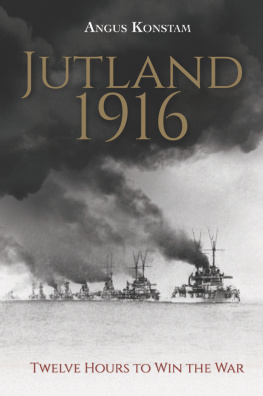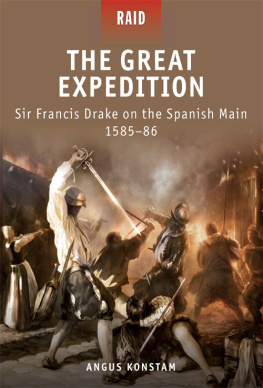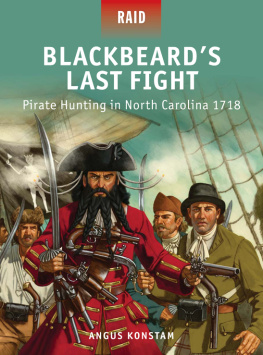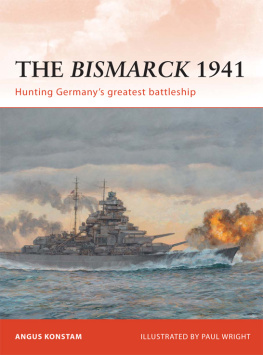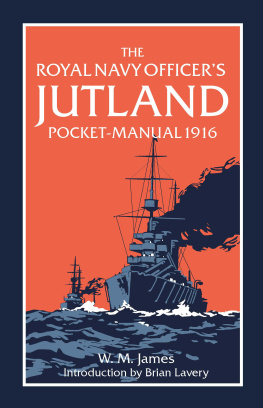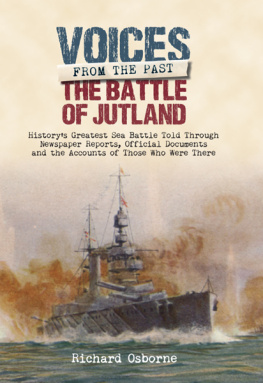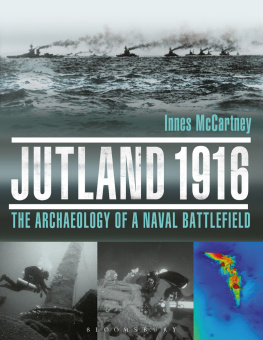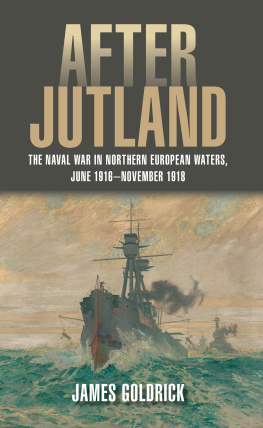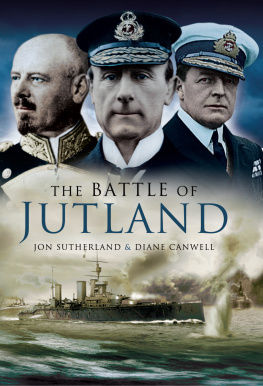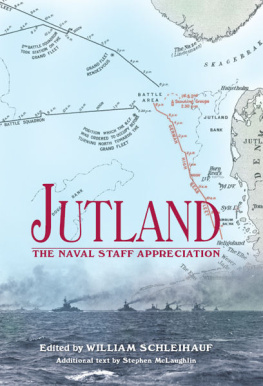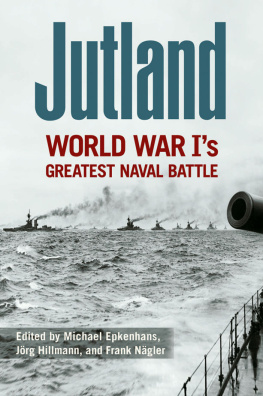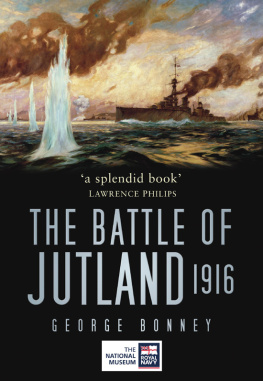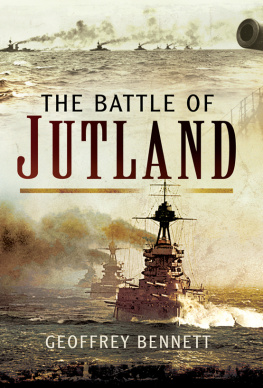.
.
.
.
.
.
.
.
.
.
.
.
.
.
.
Jutland is an enigma. It was a battle that both sides claimed to win but one in which there was no easy way to tell the victor from the vanquished. It is almost as if the mist which cloaked the North Sea that day also obscured the truth of what actually happened there. A century later, things have become a little clearer. While none of the sailors who took part are still around to tell us their story, many of them wrote about their experiences, and so there is no shortage of first-hand accounts. In fact, there are probably too many a lot of the accounts contradict each other, or clearly get things wrong. That is hardly surprising the battle was a long and complex one and no one eyewitness could have seen everything. We also have a wealth of other more official records, and recently the wrecks of many of the warships that were sunk at Jutland have been found and examined. The mist has begun to lift.
I first heard of the battle as a child. Growing up in Orkney, within sight of the Grand Fleets great wartime anchorage, you couldnt help being fascinated by the notion that Scapa Flow was once filled with warships and that in May 1916 they steamed out of this vast and remote anchorage to do battle. I read about the battle as a youngster, and I was enthralled by the tales of lines of dreadnoughts locked in combat, or of swarms of destroyers racing into the attack. To me there was no doubt Britain had won. After all, tangible evidence of Germanys defeat lay within view of my bedroom window. It overlooked the spot where the German High Seas Fleet was interned after its surrender, and where, a year later, the German sailors scuttled the whole fleet rather than let itfall into Allied hands. Later, I even dived on the three German dreadnoughts which still lie there a rusting underwater monument to Germanys bid to wrest control of the seas from Britain. All three fought at Jutland.
Thanks to my Orkney roots I was also more painfully aware of two other Jutland veterans which lie in Scapa Flow. In 1917, the dreadnought Vanguard blew up at her moorings, the victim of an accidental magazine explosion. Her remains still lie scattered across the seabed. Then there was the Royal Oak, sunk almost within sight of my bedroom window, taking 834 of her crew down with her. She survived Jutland, only to fall prey to a German U-Boat while anchored in Scapa Flow in 1939, at the start of another war. Later I joined the Royal Navy, which paid me through university, and allowed me to indulge my growing passion for naval history. My few years in the Navy gave me a little insight into what life might have been like for the sailors who fought at Jutland, although their navy was very different from mine. The memory of these five shipwrecks never left me, though, nor my thoughts about what they represented.
Today, the era of the dreadnought seems almost a long-forgotten memory. The Royal Navy is scarcely a shadow of what it was a century ago, at the height of Britains naval power. The summit of imperial power, too, as navy and empire were inextricably linked. What bound them together was seapower and Jutland was all about that all-important asset. Britain relied on control of the seas, and without the fleet her imperial power would have crumbled like a pile of dead leaves. The real arbiter of seapower was the battle fleet the nations force of dreadnoughts. Today, these great steel leviathans might look like something from some turn-of-the-century Steampunk fantasy, but they represented the industrial and technological might of their age. Whether British or German, these ships combined a majestic elegance with a destructive power greater than any warship that had come before.
My fascination with these great ships never waned quite the reverse. The more I read about them, and their one great test the more I became fascinated by Jutland. Whole libraries of books have been written about the battle some favouring one side, some the other, while further volumes have analysed the fighting in rivet-counting detail. Ever since the fleets returned home arguments have raged over just about everyaspect of the battle, from the design of the ships, the way they were employed and the tactics used, to the finer technical aspects of the rival fire-control systems. Both Jellicoe and Scheer have had their share of criticism, as have Hipper and Beatty. The more I studied all this, the more I felt my own views changing. I began to feel a growing respect for Jellicoe and Scheer, who had to deal with new factors like torpedoes, submarines, aircraft and radio, while fighting a battle with untried ships and guns. I tip my hat to them.
Above all, I felt that Jutland was a battle that is as poorly understood now as it was a century ago. Many see it as indecisive a battle that achieved absolutely nothing and decided even less. Others view it as a British victory, as her naval dominance remained absolute, the Germans had scuttled back into port, and after Jutland they seemed reluctant to emerge from it again. A few even claim the Germans won, citing the comparative losses of ships and men. The casualties of course, paled into insignificance when the bloodletting at the Somme began a month later. The Somme though, was indecisive despite over 1,000000 casualties, the carnage did nothing to end the war. By contrast Jutland, where casualties were less than one per cent of this, ultimately did more to ensure German defeat than any amount of deaths on the Western Front. Jutland, after all, was less about winning than losing the laurels of victory were sweet, but defeat at sea was tantamount to losing the war. That is why Jutland was arguably one of the most decisive battles of the First World War, and why, a century later, it deserves to be better understood.
Angus Konstam
Edinburgh 2016
It was just after 4 p.m. on the afternoon of 31 May 1916, and British and German battlecruisers were locked in battle. This was not their baptism of fire they had met before but this clash was different. The fight was on a larger scale, it was more frenetic, and it was certainly more deadly. Nobody is alive today who was there that afternoon, but the drama, the excitement and the fear of the moment is still palpable captured in the writing of those who were present. Many felt a surge of pride watching these great warships steam into action. Others were too busy doing their job; loading the guns, calculating trajectories and checking the ever-shortening ranges. Others were gripped by the very rational fear that the next enemy shell was heading directly towards them. All though, would have understood that they were experiencing the most important few moments of their lives. For all too many those moments would also be their last.
A battlecruiser was a new kind of warship one that combined the deadly firepower of a battleship with the speed and elegance of a cruiser. For naval architects, the balance between the holy trinity of firepower, speed and protection was all important. In battlecruisers though, especially British ones, armour had been sacrificed to make the ships as fast and deadly as possible. Jutland would be the ultimate test of this radical and lopsided design. Eleven of these great, powerful but vulnerable warships were now ranged against each other, spitting great bursts of flame as their guns hurled huge shells at the enemy. Six British battlecruisers were pitted against five German ones in a deadly duel.A single hit by a shell from any one of these could spell disaster for a ship and her crew. In a few moments, a shell would do exactly that.

